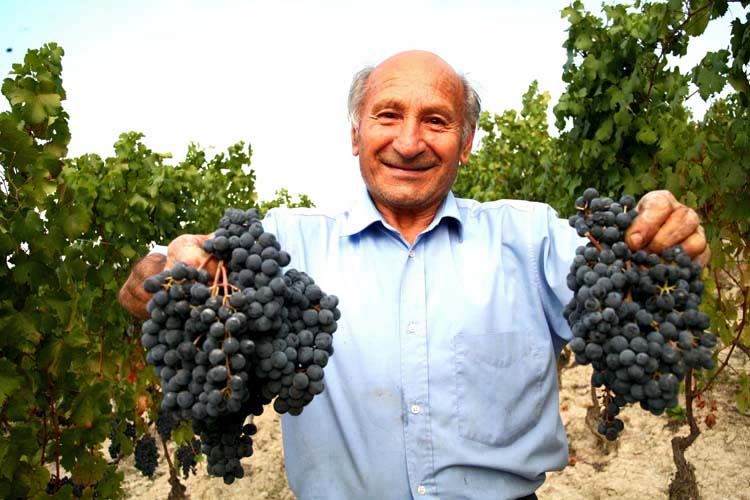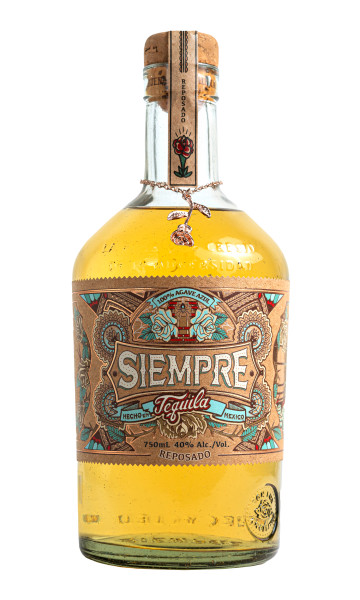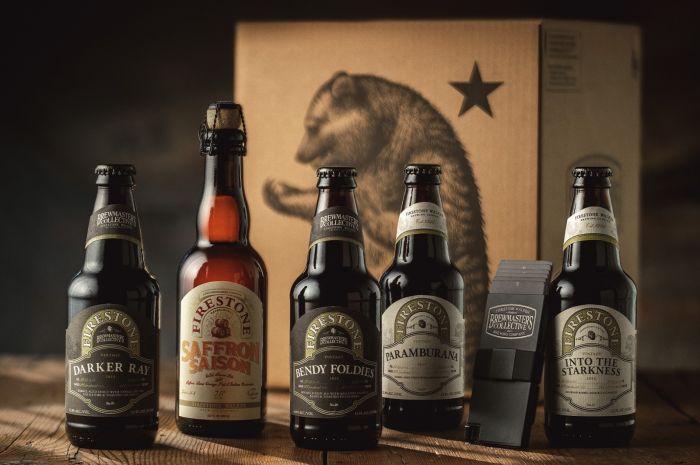
Probably the only other harvest to garner as much international attention as the wine crush is la raccolta de funghi (wild mushroom picking season). This takes place in local forests all around Piedmont, from September through November. Pungent white truffles are the king of funghi, but other local mushroom varieties, like porcini and ovuli, are popular as well. Local restaurants have special seasonal menus featuring fresh mushrooms in every course.

To sample the local harvest without going into the forest or the fields, pay a visit to the farmers market. Pictured is the largest market in all Europe — but all towns and even the tiniest villages in the Piedmont region have weekly or twice-weekly markets of their own. Jams from vineyard grapes and other local fruits, roast chestnuts, late-summer peppers in olive oil, and cardoons with bagna cauda (hot garlic sauce) are just a few of the simple and delicious local delicacies to try.
In most of the hillside vineyards, the steep and treacherous terrain makes it impossible to run modern picking machines, so grapes are still harvested by hand as they have been for hundreds of years. Without heavy machinery operating from dawn till dusk, the vineyards have a timeless appeal — although make no mistake, the vinification facilities are oftentimes state-of-the-art.

Although most Americans are familiar with the classic Italian red varietals such as Barolo, Brachetto is the red wine to discover during a Piedmont visit. Locals drink it as an apertif, for dessert, and at celebratory occasions — where it’s said to bring families together because it can be drunk from youth to old age. While currently produced in smaller quantities than most other Italian wines, the increasing popularity of Brachetto in major US cities indicates that soon, this effervescent red-fruit sipper might overtake mighty Moscato as the sparkling wine for tastemakers.

Some wineries will let visitors spend a few days in the vineyard working side-by-side to harvest the grapes, and can even arrange for them to go to the woods to forage for chestnuts and mushrooms. Baravalle is one such picturesque vineyard/farm estate in the Piedmont region that allows visitors to take part in its agricultural program and overnight in comfortable lodgings on the grounds.

Because the seaside region of Liguria is Piedmont’s neighbor to the south, seafood is also an important part of the Northern Italian gastronomy. Local restaurants feature a lot of anchovies, calamari, bluefish and cod (the main catches from the Ligurian Sea). Bluefish — once eaten mainly by farmers and other working-class types — enjoyed an unexpected surge in popularity recently when dietitians discovered that the inexpensive fish is extremely high in Omega-3.
More than just ornamental, rose bushes have historically been used as an indicator of pests or mildew in the vineyards. Roses are even more sensitive than grapevines are, so a drooping rose bush would alert vineyard managers to use traditional anti pest-control methods like copper sulfate on the microscopic intruders before they could compromise the harvest.

The province of Vercelli is Italy’s key rice-growing region because of its humid climate and proximity to the Po River. Though not the most picturesque crop compared with the gloriously tended hillside vineyards, the Arborio rice grown here provides most of Italy with their staple dish of risotto, and is also exported to the US, Japan, and many European countries.

Lena Katz
Lena Katz is the author of the Travel Temptations series (SIP, SUN, SNOW), published by Globe Pequot Press in 2009. Lena is also a travel expert for Celebrations/1800FLOWERS and WEtv (online and on-air). She contributes to the South China Morning Post and ABC News online. Lena is a former Orbitz Travel blogger and former columnist for the LA Times. She's been published in Brides Magazine, Robb Rep...(Read More)














